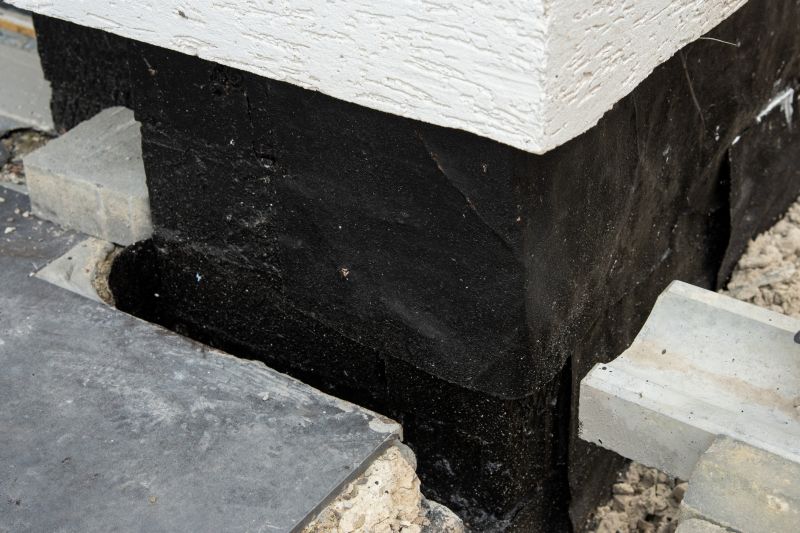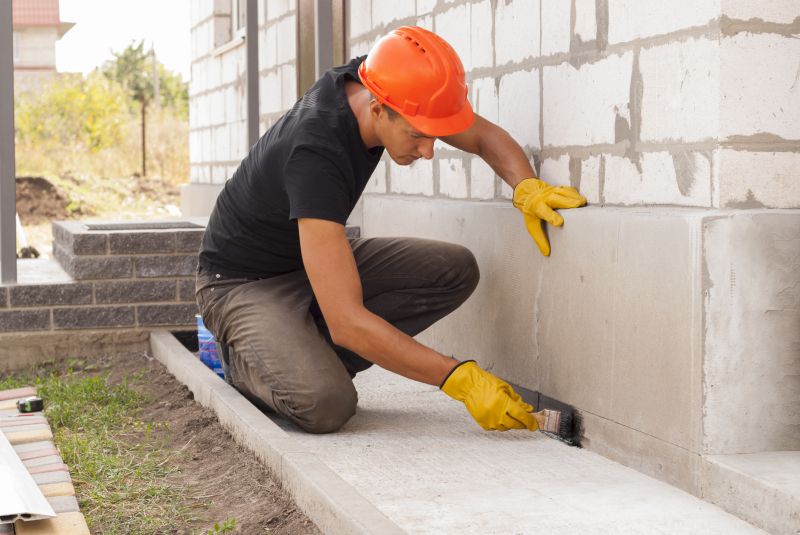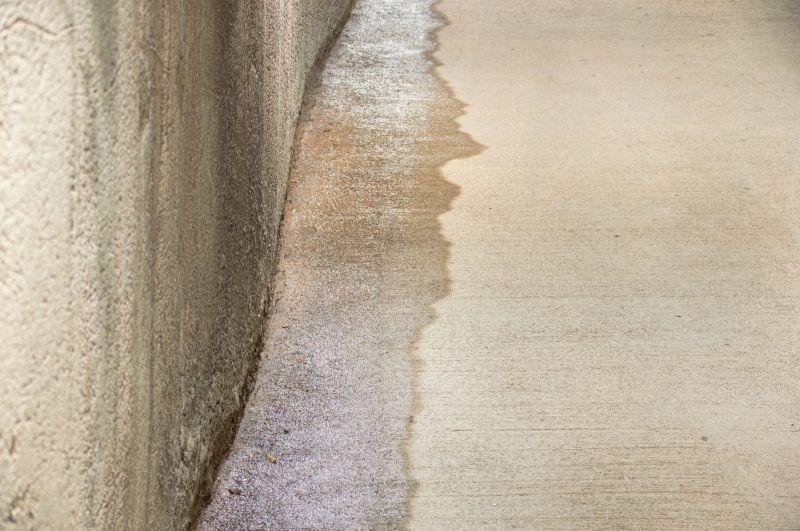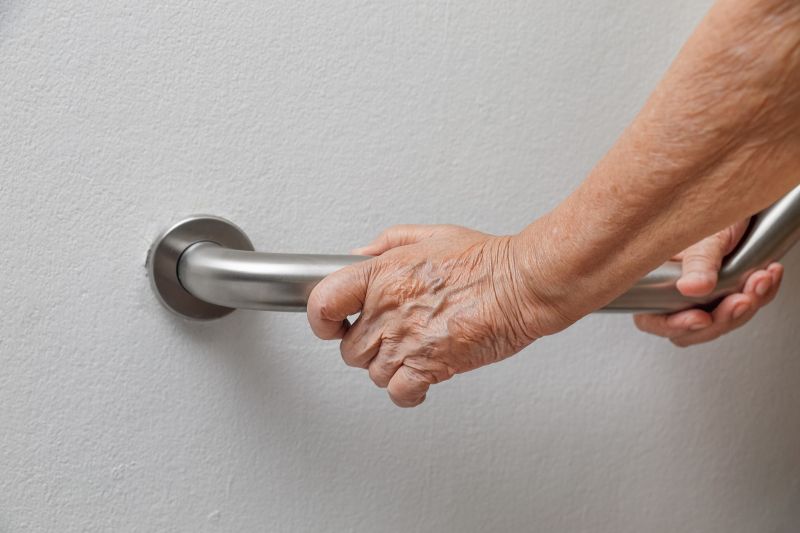Optimal Timing for Foundation Repairs
Foundation repairs are most effective when performed during periods of stable weather, ideally in moderate temperatures with minimal moisture fluctuations. Dry seasons reduce soil movement, decreasing the risk of further shifting after repairs. Timing repairs during these periods can help ensure long-lasting results and reduce the likelihood of future issues.
In regions with significant seasonal changes, scheduling repairs in late spring or early fall can be advantageous. During these times, soil conditions tend to be more consistent, and there is less risk of water-related soil expansion or contraction that can compromise repair work.
Perform foundation repairs during dry, moderate weather to minimize soil movement and ensure stable conditions for effective repair.
Extreme heat or cold can affect the curing process of repair materials, making milder temperatures preferable.
Timing repairs when soil is less prone to expansion or contraction helps maintain the integrity of the repair work.
Considering local climate patterns can help determine the best window for repairs to ensure durability.

Dry conditions help stabilize soil, making repairs more effective.

Assessing soil conditions before repairs can prevent future issues.

Timing repairs during moderate weather improves longevity.

Ways to make Foundation Repairs work in tight or awkward layouts.

Popular materials for Foundation Repairs and why they hold up over time.

Simple add-ons that improve Foundation Repairs without blowing the budget.

High-end options that actually feel worth it for Foundation Repairs.

Finishes and colors that play nicely with Foundation Repairs.
| Season | Ideal Conditions |
|---|---|
| Spring | Moderate temperatures, soil beginning to stabilize |
| Summer | Dry periods preferred, avoid extreme heat |
| Fall | Cool, stable weather, soil less prone to expansion |
| Winter | Not recommended due to soil freeze and moisture issues |
Foundation repairs involve addressing issues such as settling, cracking, and shifting that can compromise structural integrity. Proper timing ensures repairs are durable and effective, reducing the need for future interventions. Soil conditions, weather patterns, and the type of repair method used all influence the optimal timing for these services.

Timely repairs prevent further structural damage.

Addressing cracks early can prevent worsening issues.

Proper soil management enhances repair longevity.

Ensures repairs have been successfully completed.

Little measurements that prevent headaches on Foundation Repairs day.

A 60-second routine that keeps Foundation Repairs looking new.

A frequent mistake in Foundation Repairs and how to dodge it.

Small tweaks to make Foundation Repairs safer and easier to use.
Interested in foundation repairs? Filling out the contact form provides an opportunity to discuss specific needs and schedule assessments during the optimal repair window. Proper timing can help maintain the stability and safety of the structure for years to come.
